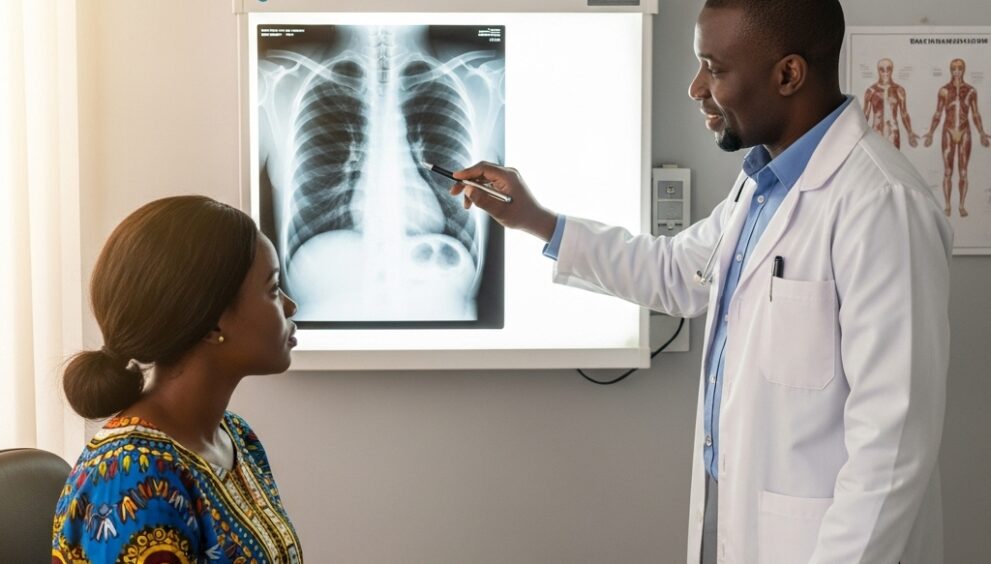
Ghana faces a stark deficit in its diagnostic workforce, with just 800 radiographers serving a population exceeding 30 million. This acute scarcity places immense pressure on hospitals and imaging centres, raising fears that life-threatening conditions remain undiagnosed until patients
present at advanced stages of illness. Across the continent, the crisis deepens: Nigeria, for instance, counts only 200 clinical radiographers for more than 200 million inhabitants, illustrating how limited human resources in imaging undermine early detection and effective treatment of internal diseases.
The Ghana Society of Radiographers has sounded the alarm over a recruitment freeze that began in 2019. Dennis Amartey Ahia, President of the Society, revealed that no new radiographers have been absorbed into the public health system since then, attributing the moratorium to restrictive external economic policies that constrain government hiring. As a result, existing staff are overextended, and many facilities lack the capacity to perform essential radiographic examinations in a timely manner—compromising patient outcomes and burdening referral networks with preventable delays.
Training the next generation of radiographers remains an uphill battle. Professor Eric Kwasi Ofori, Head of the Imaging Department at the University of Cape Coast, explains that the prohibitive cost of postgraduate education abroad—an estimated £15,000 to £20,000 per year, with PhD studies spanning four years—effectively bars Ghanaian students from advanced specialisation.
“ To train a postgraduate student in radiography, you need about £15,000 to £20,000 a year, and for a PhD, you have to pay for four years. It’s a challenge. That’s why we’ve developed a local curriculum and need government support ”
Professor Eric Kwasi Ofori

The shortage extends beyond technologists to radiologists, the specialists responsible for interpreting scans and guiding clinical decisions. With only 93 radiologists nationwide, each must theoretically serve nearly 400,000 patients, forcing many Ghanaians to endure long journeys for diagnostic reports. These logistical hurdles not only delay treatment plans but often allow diseases to progress unchecked, leading to more complex interventions and higher healthcare costs down the line.
In a bold bid to decentralise diagnostic care, Ahia has proposed expanding the scope of practice for radiographers to include preliminary image interpretation. Speaking at the International Society of Radiographers and Radiological Technologists Conference held alongside the GSR’s Triennial Conference for English-speaking countries, he asserted, “We as radiographers are opening our scope to be able to interpret the X-ray so that the patient won’t need to travel to find the 93 radiographers in the country.” By empowering technologists to provide initial readings, Ghana could bring critical diagnostic services closer to rural and underserved communities, easing the burden on scarce specialist resources.
To surmount this multifaceted crisis, stakeholders call for a comprehensive strategy that encompasses targeted recruitment, sustainable training models, and regulatory reforms. Expanding government budget lines for health-sector hiring, subsidising local postgraduate curricula, and revising scope-of-practice regulations are all integral to shoring up Ghana’s imaging workforce. Without these measures, the country risks perpetuating diagnostic gaps that compromise patient care and strain health systems already grappling with competing priorities.

The path forward demands coordinated action between the Ministry of Health, academic institutions, professional bodies, and development partners. By aligning policy instruments with strategic investments in human capital, Ghana can rebuild its radiography and radiology cadres—ensuring timely disease detection, improving clinical outcomes, and ultimately safeguarding the health of millions.
Source: Shortage of radiographers threaten disease detection in Ghana – Report



